-
Tiles
-
Tiles By Area
Tiles by Colour
Tiles by Style
Specials
Slip Resistant Tiles
-
-
Trade Materials
-
- Adhesives
- Cleaners
- Diamond Tools
- Grouts
- Leveling Compounds
- Levelling Clips
- Primers
- Problem Solvers
- Safety Gear
- Sealers
- Shower Bases
- Shower Hobs
- Shower Wall Niche
- Shower Wastes
- Silicone
- Spacers
- Tile Accesories
- Tile Cutters
- Trims
- Trowels & Floats
- Underfloor Heating
- Versijack Pedestals
- Waterproofing Systems
- Hand Cleaning
-
-
Bathware
-
Tapware | Showers
Vanities | Basins | Mirrors
Toilets | Baths
Showers
Heated Towel Warmers
Accessories
Kitchen | Laundry
-
- Laminate & Neptune
-
Information
-
Information
Special Products
Media
Laminate Flooring
-
- Store Locator
- Contact Us

General Tile Knowledge
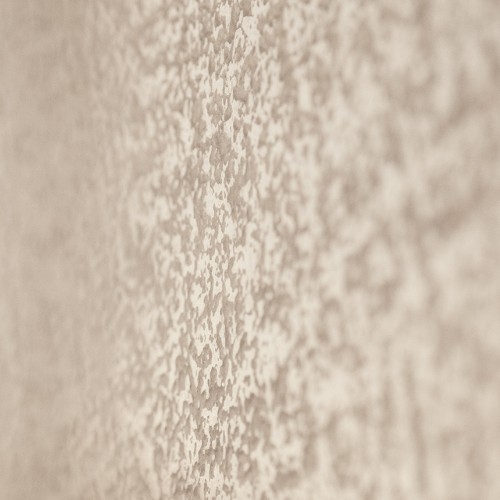
What is a PEI rating?
PEI is a testing method for glazed ceramics to determine the 'wearability' of the surface of the tile. The test result determines the suitability for purpose for various areas of installation.
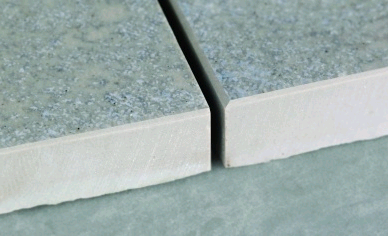
What is a rectified tile?
Rectified tile is tile that has been cut to an exact size. With rectified tile there is very little size variation between individual tiles. This means less chance of lippage, more accurate layout and easier installation.
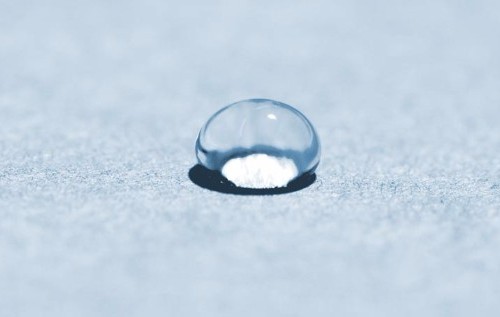
What is Polished Porcelain and What is Nano sealing?
When porcelain is first made, it is not absorbent, but the polishing process for making the unglazed surface shiny cuts into the surface, leaving microscopic pinholes exposed and prone to absorbing stains, in the same way as natural stone tiles. Unless they have a suitable, long-lasting treatment applied by the manufacturer like nano, polished porcelain tiles will need sealing. Porcelain sealants are either solvent-based or water-based. Water based sealants are cheaper, but don't last.
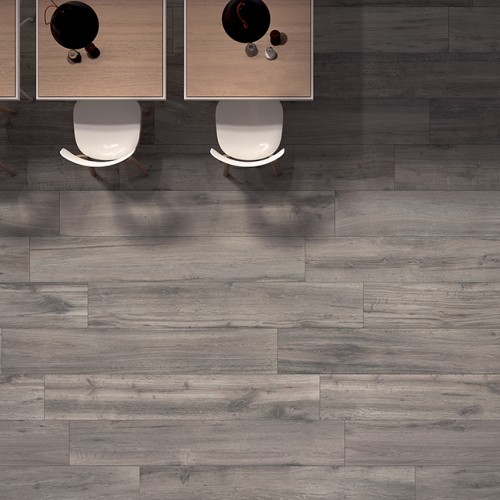
Let woodgrain porcelain tiles work for your home
Wood grain porcelain tiles are one of the key emerging trends in interior design right now, capturing the beauty of natural timber and combining it with the durability and ease of maintenance of tiles.
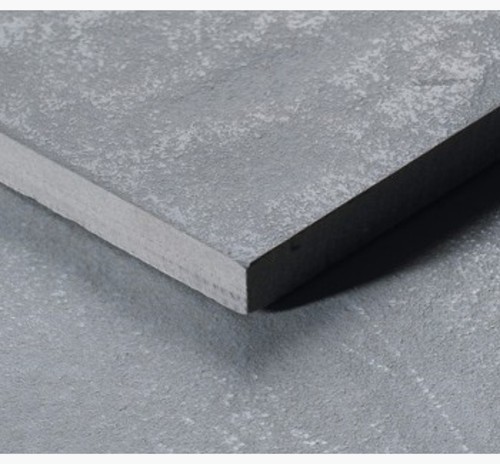
Porcelain v Ceramic tiles - what is the difference?
We are often asked what is the difference between porcelain and ceramic tiles? While both fall within the generic ceramic flooring category, porcelain tiles are denser, harder and less pervious to water than ceramic tiles. This means that some porcelain tiles can be used virtually anywhere, and they have the advantage over ceramic tiles in outdoor areas, wet areas and areas of high traffic.
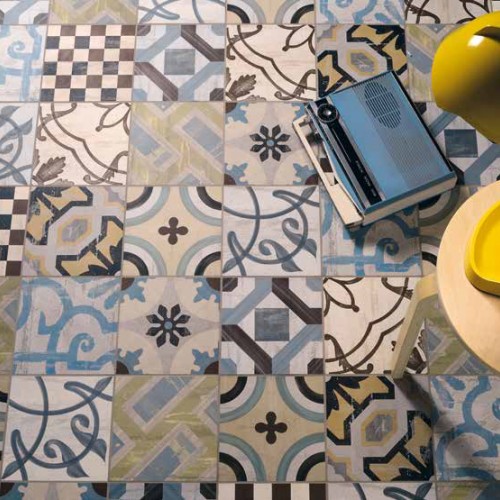
What are Encaustic Tiles?
Encaustic tiles, also referred to as Moroccan tiles, Spanish tiles, Moorish tiles, cement tiles, inlaid tiles and geometric tiles. They were originally handmade ceramic tiles with ornate and geometric patterns that were produced within the body of the tile not the glaze. Thus over time as the tile was worn, the pattern remained.
About Us
My account
- My account
- My wishlist
- Login
- Register
-
We accept
Copyright © 2025 TILE DEPOT LP. All Rights Reserved.
No query specified.

